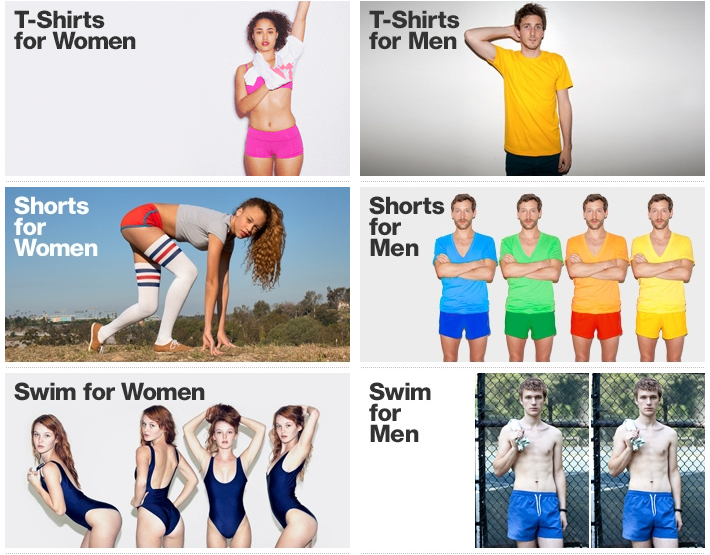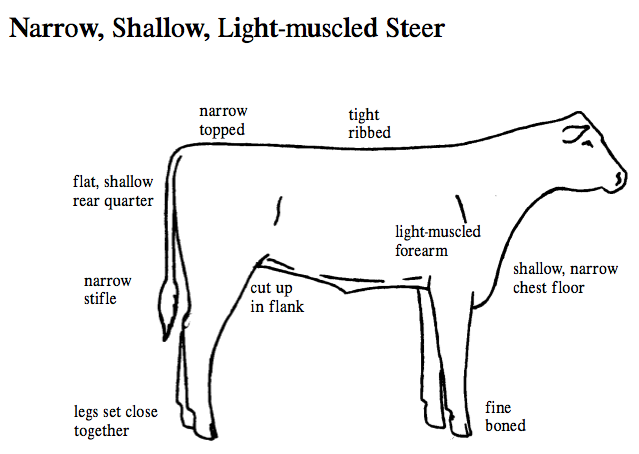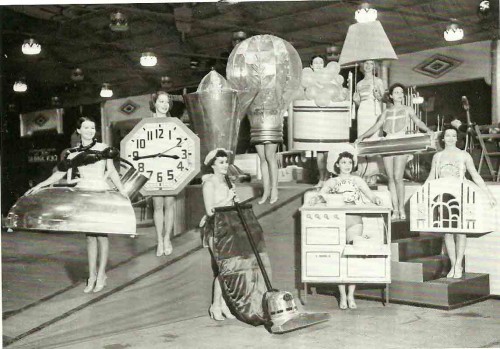Caoileann A. sent in a great example of the way that women, but not men, are sexualized in our society. In this case it’s a series of American Apparel ads. I know, low hanging fruit. This example is extra great, though.
While normally it’s up to the critic to counterpose the portrayal of men and women in our society, in this case American Apparel does it for us. Here are the categories of attire for men and women exactly the way they appear on the website (i.e., side-by-side) as of Aug. 6th 5:46pm PST:
The categories are exactly the same, but the way men and women are posed is strikingly different. Only “Sweatshirts for Women” shows any commensurability.
This is — all too much — how we look at men and women in our society today. Caitlin Welsh said it nicely:
Women are presented too often not as consumers of the product, but part of the product – a sexy body sexily getting ready to surf, or a sexy body sexily wearing American Apparel. We’re used to seeing women look sexy and undressed in ads, while men in ads tend to just wear the clothes properly while also looking handsome in the face area.
Lisa Wade, PhD is an Associate Professor at Tulane University. She is the author of American Hookup, a book about college sexual culture; a textbook about gender; and a forthcoming introductory text: Terrible Magnificent Sociology. You can follow her on Twitter and Instagram.




















